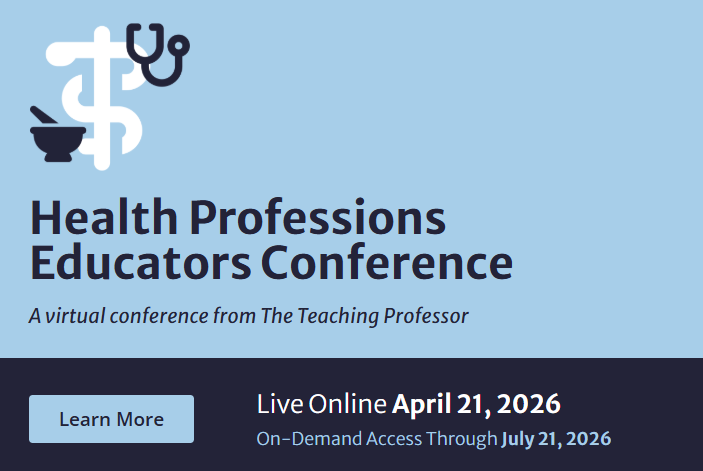The Writing Process: Step-by-Step Approach Curbs Plagiarism, Helps Students Build Confidence in Their Writing Ability
I’ve long been an advocate of student-centered learning and approaching material from a variety of perspectives. We hear so many buzzwords describing the ways we should teach or the ways our students learn, and we deal increasingly with issues of plagiarism and academic dishonesty. In a classroom of adult learners who frequently view themselves as consumers, we balance the need to meet their demands with the need for them to meet ours. Getting back to the basics can intrinsically incorporate kinesthetic, collaborative learning and nearly eliminate plagiarism while promoting critical thinking.







